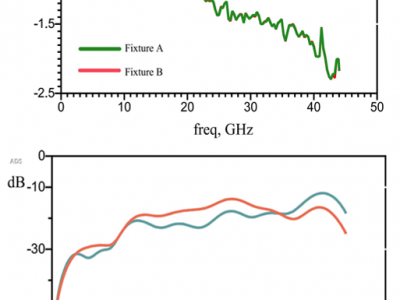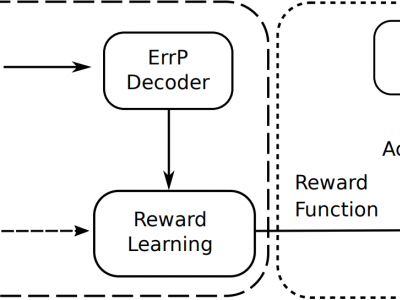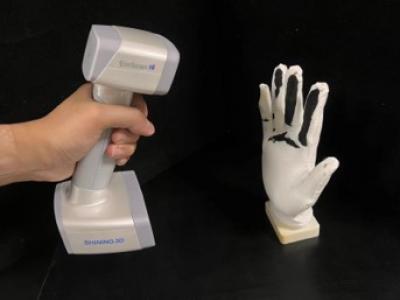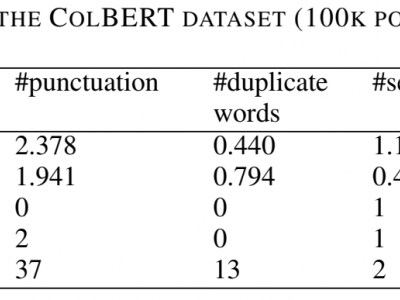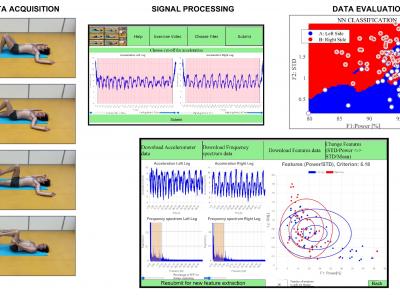Signal Processing
s11 and s21:hows the ADS simulation of 2X-thru, where the S2P files of fixtures A and B are introduced to observe whether fixtures A and B are symmetric. It can be seen from the insertion loss S21 and return loss S11 of the 2X-thru simulation in Fig. 5(c) that the insertion losses of fixtures A and B almost coincide, but the return loss is not completely coincident because of the discontinuous impedance of the transmission line of fixtures A and B at the connection between the coaxial connector and the PCB. In Fig.
- Categories:
 155 Views
155 Views
Active noise control (ANC) aims at reducing a noise source at a listening point by destructive interference with a reversed phase noise emitted by one or more controlling devices. These data are from an active vibration control (AVC) system applied to a wall of the metal box of a cogeneration plant. It makes use of electro-dynamic shakers as controllers and accelerometers as error and reference signals. The algorithm employed for generating the cancelling signals is a single-reference, single-input multiple-output (MIMO) Filtered-X Normalized Least Mean Square (FxNLMS).
- Categories:
 130 Views
130 Views
The dataset contains the focus metrics values of a comprehensive synthetic underwater image dataset (https://data.mendeley.com/datasets/2mcwfc5dvs/1). The image dataset has 100 ground-truth images and 15,000 synthetic underwater images generated by considering a comprehensive set of effects of underwater environment. The current dataset focus on the focus metrics of these 15,100 images.
- Categories:
 186 Views
186 Views
Wild-SHARD presents a novel Human Activity Recognition (HAR) dataset collected in an uncontrolled, real-world (wild) environment to address the limitations of existing datasets, which often need more non-simulated data. Our dataset comprises a time series of Activities of Daily Living (ADLs) captured using multiple smartphone models such as Samsung Galaxy F62, Samsung Galaxy A30s, Poco X2, One Plus 9 Pro and many more. These devices enhance data variability and robustness with their varied sensor manufacturers.
- Categories:
 758 Views
758 ViewsHand contact data, reflecting the intricate behaviours of human hands during object operation, exhibits significant potential for analysing hand operation patterns to guide the design of hand-related sensors and robots, and predicting object properties. However, these potential applications are hindered by the constraints of low resolution and incomplete capture of the hand contact data.
- Categories:
 251 Views
251 ViewsThe prototype of the calibration is verified with a 12-bit SAR ADC manufactured in 28-nm standard CMOS process. It is based on non-binary weights differential SAR ADC with bottom-plate sampling. This data was captured using a logic analyzer. The data for fast Fourier transform (FFT) is an input 1 MHz sine wave at 50MS/s. The signal input amplitude is 15dbm. The sampling points are 131072. The MATLAB code includes both the original weight and the calibration weight.
- Categories:
 37 Views
37 ViewsThe synthetic data is generated loosely following the concepts developed by Skomedal and Deceglie (2020)
- Categories:
 241 Views
241 ViewsIndividual physiotherapy is a significant part of the treatment for patients experiencing various forms of pain and health issues. Recent research shows rehabilitation as an important part of therapy for those with abdominal wall defects. It also plays a crucial role in chest surgery, by helping optimize preoperative assessments and postoperative rehabilitation strategies essential for successful surgery outcomes. With recent technological advancements, new tools have become available to healthcare professionals.
- Categories:
 45 Views
45 Views
To develop radio frequency-based drone recognition, we release an RF spectrogram dataset, named DroneRFb-Spectra. All signals of drones were collected by a Universal Software Radio Peripheral (USRP) device, recording three Industrial Scientific Medical (ISM) bands under urban scenarios. The classes cover 7 common brands, i.e., DJI, Vbar, FrSky, Futaba, Taranis, RadioLink, and Skydroid, with a total number of 14460. Each spectrogram has been downsampled to the size of 512x512 from the original IQ data with a length of 50ms by using the short-time Fourier transform.
- Categories:
 1647 Views
1647 Views